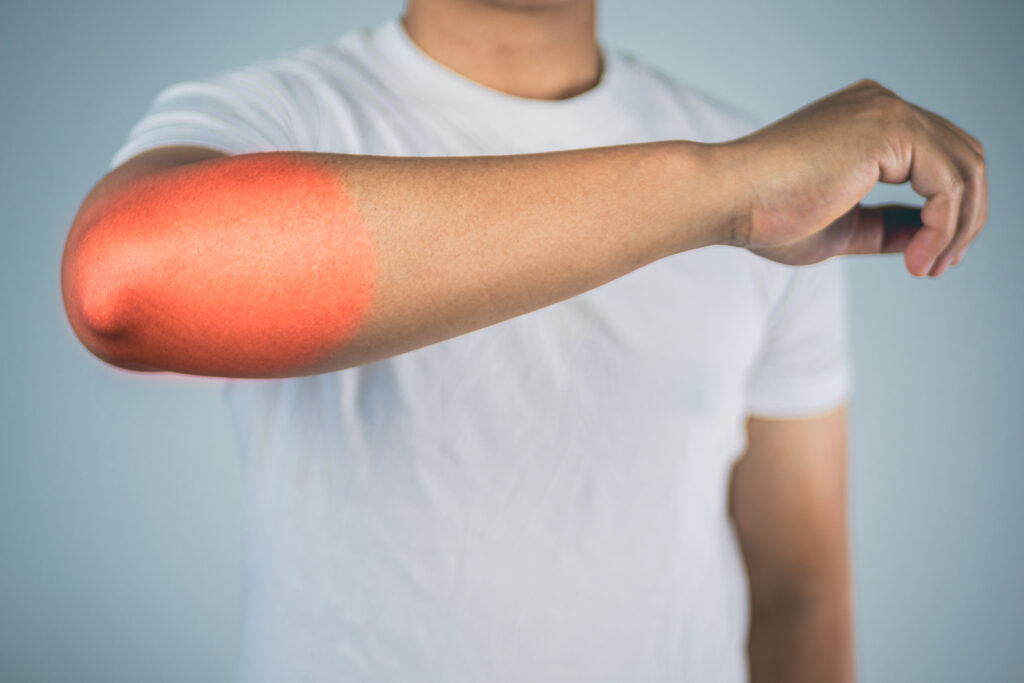You know that enhancing your athletic performance isn't just about hitting the gym harder; it's about using targeted techniques that address every facet of your training. From mental conditioning to advanced recovery methods, each element plays an essential role in your overall success. But have you considered how your nutrition and goal-setting strategies might be holding you back? Exploring these components can reveal insights that could elevate your performance to new heights. Let's uncover how you can optimize your approach and truly unleash your potential.
Mental Conditioning Strategies
Mental conditioning is a crucial component of athletic performance that often gets overlooked. You might focus primarily on physical training, but the mental aspect can make or break your success. Developing a strong mindset not only enhances your performance but also helps you cope with the inevitable challenges of competition.
Start by setting clear, achievable goals. These goals give you something to aim for and help keep you motivated. Break them down into smaller, manageable steps. This way, you'll consistently feel a sense of accomplishment as you progress.
Visualization is another powerful strategy. Picture yourself executing your skills flawlessly—whether it's making a perfect shot or crossing the finish line. This mental rehearsal builds confidence and prepares you for real-life scenarios.
Additionally, practice mindfulness techniques. Whether it's through meditation or simple breathing exercises, learning to stay present can reduce anxiety and help you focus during high-pressure situations. When your mind is clear, your body can perform at its best.
Don't forget the importance of positive self-talk. Challenge negative thoughts and replace them with affirmations that reinforce your abilities. This will help you maintain a resilient attitude, especially when things don't go as planned.
Finally, develop a pre-performance routine. Having a consistent warm-up or mental preparation strategy can signal your brain that it's time to compete.
Nutrition for Peak Performance
To fuel your athletic performance effectively, you need to focus on nutrition that supports both your training and recovery. The right foods can enhance your endurance, strength, and overall performance.
Start by prioritizing carbohydrates, which are your body's primary energy source. Foods like whole grains, fruits, and vegetables provide the glycogen necessary for intense workouts. Aim to consume complex carbs before training, as they release energy slowly and keep you sustained.
Don't overlook protein. It's essential for muscle repair and growth, especially after strenuous workouts. Incorporate lean meats, fish, eggs, dairy, or plant-based sources like beans and legumes into your meals. Aim for a post-workout meal rich in protein to kickstart recovery.
Healthy fats are also vital. They help with hormone production and provide energy for longer-duration activities. Include sources like avocados, nuts, seeds, and olive oil in your diet.
Hydration plays a key role in performance too. Dehydration can lead to fatigue and decreased performance, so make sure you're drinking plenty of water throughout the day. Consider electrolyte-rich drinks during prolonged exercise, especially in hot conditions.
Lastly, listen to your body. Individual nutritional needs vary, and it's important to find what works best for you. Experiment with meal timing and composition to see how it affects your performance.
Advanced Recovery Techniques
To enhance your recovery, you can explore advanced techniques like Active Release Therapy, cryotherapy, and compression therapy.
Each method offers unique benefits that can help reduce muscle soreness and improve your overall performance.
Let's take a closer look at how these techniques can support your athletic journey.
Active Release Therapy
Active Release Therapy (ART) is an innovative approach that can greatly enhance your recovery process. This hands-on technique focuses on identifying and treating soft tissue injuries caused by overuse, tension, or trauma.
Whether you're a seasoned athlete or just starting your fitness journey, ART can help you regain flexibility, reduce pain, and improve overall performance.
Here's what makes ART stand out:
- Targeted Treatment: ART practitioners assess your specific issues and apply precise pressure to affected areas, releasing tight muscles and fascia.
- Enhanced Mobility: By breaking down scar tissue and adhesions, ART helps restore your range of motion, allowing you to train harder and recover faster.
- Personalized Approach: Each session is tailored to your unique needs, ensuring you receive the most effective care possible.
Incorporating ART into your recovery routine can lead to significant improvements in your athletic performance.
By addressing underlying issues and facilitating healing, you'll find yourself bouncing back from workouts more effectively and ready to tackle new challenges.
Don't underestimate the power of this advanced recovery technique; it could be the key to unfastening your full potential.
Cryotherapy Benefits
After exploring the benefits of Active Release Therapy, it's clear that effective recovery strategies can greatly elevate your athletic performance.
One such strategy is cryotherapy, which involves exposing your body to extremely cold temperatures for a short duration. This technique can help reduce inflammation, alleviate pain, and speed up recovery times.
When you undergo cryotherapy, the cold constricts blood vessels, which can minimize swelling and muscle soreness after intense workouts.
Once you return to normal temperature, your blood vessels dilate, promoting increased blood flow and delivering essential nutrients to your muscles. This process not only aids in recovery but can also enhance your overall performance.
Additionally, cryotherapy can boost your mood and energy levels. The release of endorphins during the exposure can help you feel revitalized and ready to tackle your next training session.
Plus, it can improve your sleep quality, allowing for better recovery overnight.
Incorporating cryotherapy into your recovery routine can keep you at the top of your game.
Compression Therapy Techniques
How do compression therapy techniques fit into advanced recovery strategies? These innovative methods enhance blood flow and reduce muscle soreness, making them essential for athletes looking to optimize their recovery.
By applying controlled pressure to specific areas of your body, compression therapy aids in the removal of metabolic waste while delivering fresh oxygen and nutrients to your muscles.
Here are a few key benefits you can expect from using compression therapy techniques:
- Improved Circulation: The consistent pressure helps veins and arteries work more efficiently, speeding up recovery time.
- Reduced Swelling: Compression garments or devices help limit excess fluid buildup, which can lead to faster healing.
- Enhanced Muscle Recovery: Regular use can alleviate soreness and stiffness, allowing you to train harder and more frequently.
Incorporating compression therapy into your routine not only promotes physical recovery but also prepares you mentally for your next training session.
Strength and Conditioning Workouts
Strength and conditioning workouts are vital for enhancing athletic performance, providing the foundation needed to excel in any sport. These workouts focus on building strength, power, endurance, and speed, allowing you to push your limits and outperform your competition. By incorporating a variety of exercises that target different muscle groups, you'll create a balanced fitness regimen that supports your athletic goals.
Start by evaluating your current fitness level and setting specific, measurable goals. Incorporate compound movements like squats, deadlifts, and bench presses to build overall strength. These exercises engage multiple joints and muscle groups, maximizing your workout efficiency.
Don't forget to include explosive movements, such as plyometrics, which can improve your power and agility on the field or court. Cardiovascular conditioning is just as important. Integrate high-intensity interval training (HIIT) to boost your endurance and speed. This method involves short bursts of intense activity followed by brief rest periods, helping to elevate your heart rate and improve your aerobic capacity.
To optimize your workouts, balance your strength training with proper recovery. Adequate rest, hydration, and nutrition play a significant role in muscle repair and growth. Track your progress and adjust your workouts regularly to guarantee continued improvement.
Focus on Flexibility and Mobility
To boost your athletic performance, focusing on flexibility and mobility is essential.
Incorporating both dynamic and static stretching techniques can enhance your range of motion and prevent injuries.
Don't underestimate the power of a good stretch; it can make a significant difference in your overall performance.
Importance of Stretching
Stretching plays an essential role in enhancing your athletic performance by improving flexibility and mobility. When you incorporate regular stretching into your routine, you're not just preparing your body for activity; you're also promoting recovery and reducing the risk of injury.
Greater flexibility aids in your overall movement, allowing you to perform exercises more efficiently and effectively.
Consider the following benefits of stretching:
- Increased range of motion: Better flexibility enables you to move more freely, enhancing your agility and overall performance.
- Improved muscle function: Stretching helps to keep your muscles functioning at their best, reducing tightness and discomfort during workouts.
- Enhanced blood circulation: It promotes blood flow, delivering oxygen and nutrients to your muscles, which can speed up recovery after intense training.
Dynamic vs. Static Techniques
When it comes to enhancing flexibility and mobility, understanding the differences between dynamic and static techniques is essential.
Dynamic techniques involve moving parts of your body through a range of motion, which helps increase blood flow and muscle temperature. Think of exercises like leg swings or walking lunges. These movements prepare your muscles for activity, making them ideal for warm-ups.
On the other hand, static techniques involve holding a stretch in a fixed position for a certain period, usually around 15 to 60 seconds. Examples include seated toe touches or standing quadriceps stretches. While static stretching can improve overall flexibility, it's best used after your workout when your muscles are warm.
Incorporating both techniques into your routine can yield significant benefits. Before exercise, focus on dynamic stretches to activate your muscles and enhance performance.
Afterward, switch to static stretches to promote recovery and maintain flexibility. By balancing both approaches, you'll not only boost your athletic performance but also reduce the risk of injury.
Goal Setting and Motivation
Setting effective goals is essential for enhancing your athletic performance and keeping your motivation high. By setting clear, achievable goals, you create a roadmap for your training and competition. This clarity helps you stay focused and committed, no matter the challenges you face.
To maximize your goal-setting efforts, consider these techniques:
- Make them SMART: Confirm your goals are Specific, Measurable, Achievable, Relevant, and Time-bound. This structure gives you a solid framework to work within.
- Break it down: Instead of aiming for a massive objective, break your goals into smaller, manageable milestones. Celebrate these small wins to maintain your motivation along the way.
- Visualize success: Take time to imagine yourself achieving your goals. Visualization can strengthen your commitment and boost your confidence, making it easier to push through tough training sessions.
Technology in Athletic Training
In today's competitive sports landscape, technology plays an essential role in athletic training. You've likely seen how innovations like wearable devices and training apps have transformed the way athletes prepare and perform. These tools help you track your progress, monitor your physical condition, and optimize your workouts.
Wearable technology, such as fitness trackers and smartwatches, allows you to gather data on your heart rate, sleep patterns, and activity levels. By analyzing this information, you can tailor your training regimen to suit your specific needs, ensuring you're pushing yourself without risking injury. You can even set alerts to remind you to stay hydrated or take breaks during intense sessions.
Training apps have also revolutionized how you approach your workouts. Many of these apps offer personalized plans that adapt based on your performance. With video analysis features, you can gain insights into your technique, enabling you to make adjustments that enhance your skills.
Plus, many platforms allow you to connect with coaches or fellow athletes for real-time feedback and support.
Virtual reality (VR) is another exciting development in athletic training. It immerses you in realistic game scenarios, enhancing your decision-making skills and reaction time without the physical strain of traditional practice.
Embracing technology in your athletic training not only boosts your performance but also keeps you engaged and motivated. So, engage with these resources and elevate your game to the next level!
Conclusion
To boost your athletic performance, embrace these targeted techniques. Prioritize mental conditioning to sharpen your focus, fuel your body with balanced nutrition, and utilize advanced recovery methods to keep you in top shape. Incorporate strength training that leverages technology for tracking progress, while also emphasizing flexibility and mobility. Remember to set clear, achievable goals to stay motivated. By integrating these strategies, you'll not only enhance your performance but also enjoy the journey of becoming the athlete you aspire to be.



